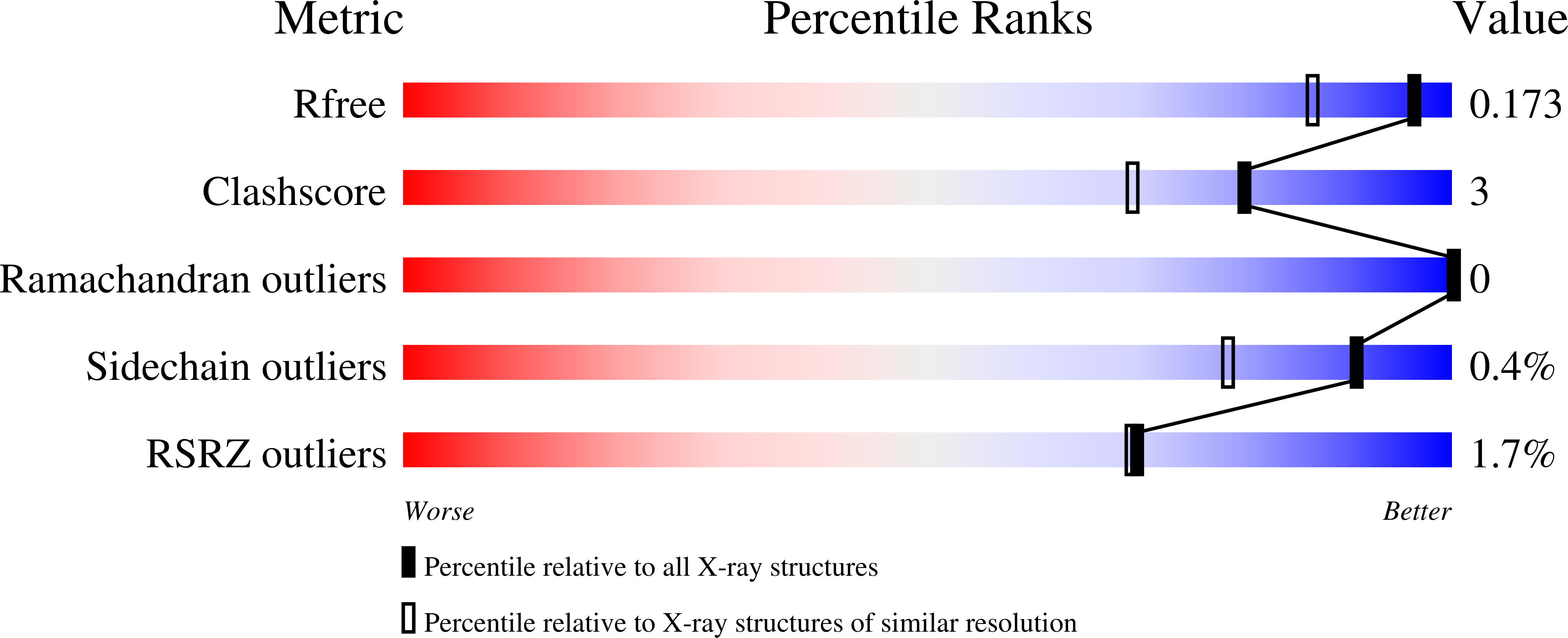
Deposition Date
2008-04-22
Release Date
2008-08-05
Last Version Date
2023-08-30
Method Details:
Experimental Method:
Resolution:
1.40 Å
R-Value Free:
0.17
R-Value Work:
0.14
R-Value Observed:
0.15
Space Group:
P 21 21 21


